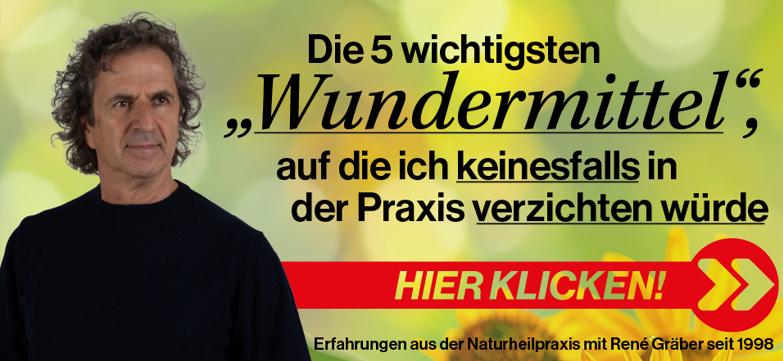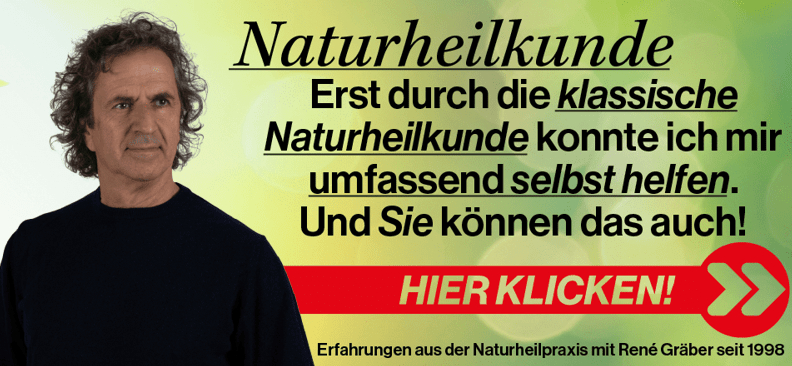Themenstarter
- Beitritt
- 10.01.04
- Beiträge
- 74.216
Leider auch auf Englisch:
Uta
https://www.mercola.com/article/mercury/detox_protocol.htmCaution: About 30% of people can't tolerate chlorella. This may be due to optimized function of the enzyme cellulase. If you are unable to tolerate this it would be wise to consider adding an enzyme with cellulase in it to help digest the chlorella.
Dose: One can start out with a one quarter of a teaspoon of the powder (one 500 mg tablet) once a day initially to confirm that there is no hypersensitivity present. Work up slowly over one to two weeks to a dose of one teaspoon (ten tablets or capsules) per day. Once you tolerate this dose you are able to use it to bind the mercury. Use this dose starting two days prior to your chelation and for one day afterwards. The chlorella will thoroughly coat your intestine and bind like a sponge to any mercury that the DMPS liberates into the gut.
The above dose is based on a 150 pound adult. If you are using the program for children reduce the dose proportionately. (So a 30 pound child would have have 30/150 or 1/5 (20%) of the dose).
Caution: If at any time one develops nausea or starts "burping up" the chlorella taste then the chlorella should be stopped immediately as a food sensitivity is developing which will only worsen if you continue taking it. If this happens you should switch to ProChitosan This binds similarly to mercury. Its dose is dependent on your bowel movements.
https://www.pierceclinic.com/products.htm[FONT=Georgia, Times New Roman, Times, serif]ProChitosan - Chitosan is a derivative of chitin (pronounced KI-tin), a substance found in the shells of insects, crabs, lobsters, and other crustaceans. It reduces fat absorption -- binding with fats in the digestive tract and sweeping them out before the body can absorb them. ProChitosan is a 100% pure and natural fiber and bind up to twelve times its own weight in fat.[/FONT]
https://spot.fho-emden.de/eutec/chitosan.htmChitin ist ein nachwachsender Rohstoff, der z. B. in Form von Krabbenschalen in Deutschland in grossen Mengen anfällt (mehr als 5000 Tonnen / Jahr). Er bildet den Ausgangsstoff zur Chitosan-Herstellung. Dazu werden die Acetylgruppen des Chitins chemisch oder enzymatisch abgespalten.
...
4 Anwendungen von Chitosan
4.1 Ionentauscher auf Chitosanbasis [SIZE=-1]Es ist bekannt, daß Chitosan Schwermetallionen wie Kupfer, Cadmium, Blei, Nickel oder Zink adsorbiert, aber Magnesium-, Calcium-, Kalium- und Natrium-Ionen nicht. Ionentauscher auf Chitosanbasis sind deswegen geeignet, aus natürlichen Gewässern (die Mg, Ca, Ka, Na enthalten) Schwermetalle zu entfernen. Am Institut für Umwelttechnik EUTEC wurde ein Verfahren entwickelt und patentiert, durch das aus Chitosan und Chitosanderivaten Ionentauscher-Pellets hergestellt werden können. [/SIZE]
Uta


